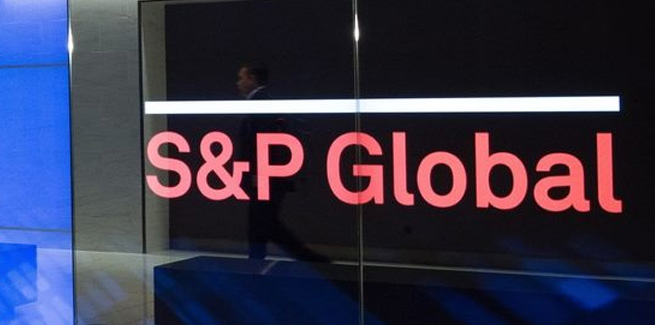Speaking at S&P Global Ratings’ Australian Property Seminar 2019, Sharad Jain, S&P’s director of financial institutions ratings, said he does not expect a rapid pick-up in the flow of housing credit despite recent monetary policy, regulatory and fiscal stimulus.
Mr Jain acknowledged that the Australian Prudential Regulation Authority’s (APRA) recent decision to loosen its mortgage serviceability assessment guidance would improve borrowing capacity, but he said it would not spark an increase in lending volumes.
The S&P analyst said lenders would be reluctant to open their books off the back of scrutiny placed on the financial services industry over the past few years.
“While serviceability [changes], for example, may mean that some borrowers might get higher limits, we don’t think the banks are going to suddenly increase overall lending availability, partly because they still are very sensitive about some of the responsible lending issues that have emerged over the last few years,” he said.
Mr Jain added that uncertainties in the domestic and global economic environment would also contain the industry’s appetite to lend.
“As benign as the Australian economic outlook is in comparison to the global outlook, [there’s] still somewhat subdued consumer and business sentiment,” he added.
“Against all that backdrop, we think credit growth [is also] going to remain subdued.”
This follows remarks from Erin Kitson, S&P’s director of structured finance ratings, who said that an increase in demand for housing would be offset by challenges in the household sector and, in turn, weigh on an expected property price rebound.
“I think the extent to which [stimulus helps] mount a recovery will be restrained in some respects by a more cautious household sector,” she said.
“We still have weak wage growth and a high level of household indebtedness, so I think that will act as a slight handbrake on property prices taking off again any time soon.”
However, Mr Jain noted that he expects annual credit growth to rise to around 4 per cent in the next year or two.
The latest Financial Aggregates data from the Reserve Bank of Australia (RBA) revealed that housing credit grew 3.5 per cent in the year to 30 June 2019, down from 5.6 per cent in the previous corresponding period.
[Related: Household sector downsides to serve as ‘handbrake’ on price growth]
 ;
;
